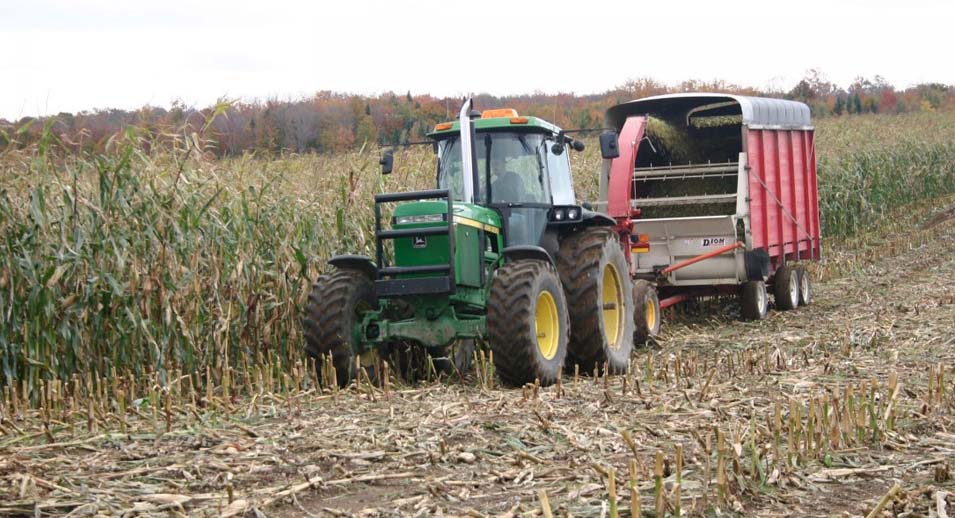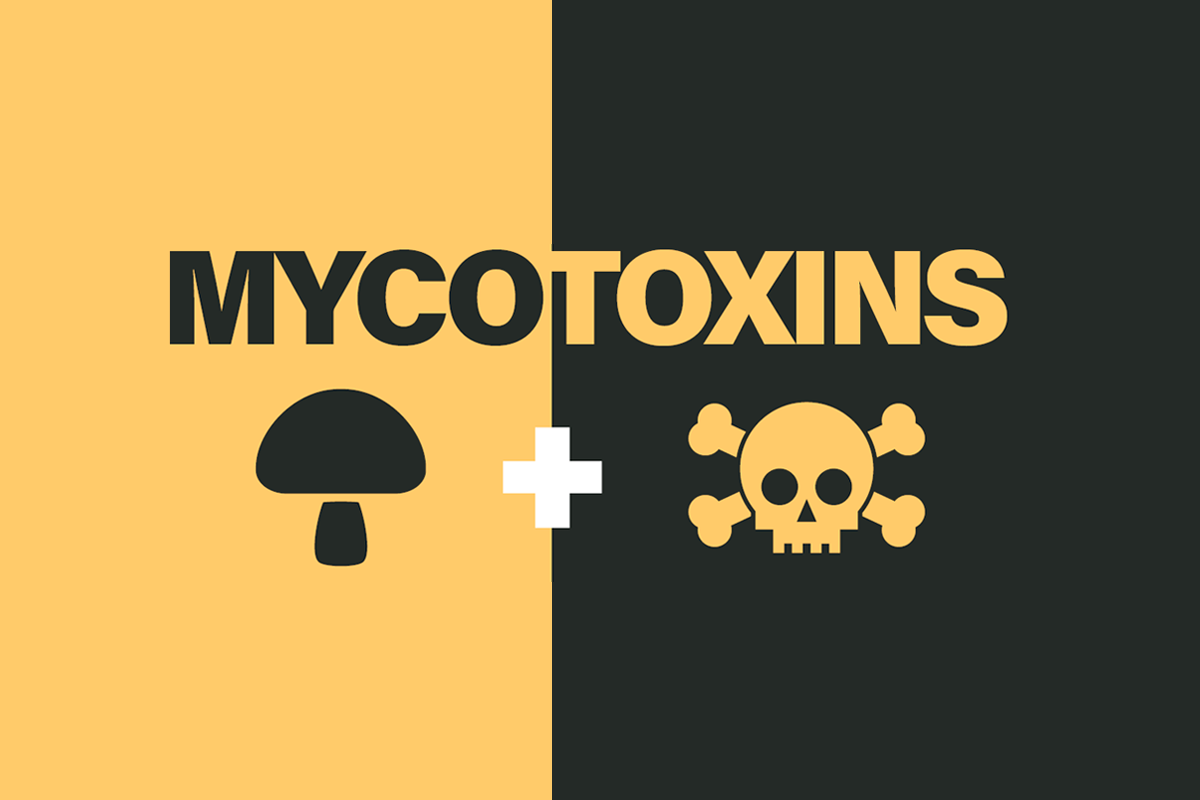Analysis of mycotoxins in blood
How does the testing of mycotoxins in blood work?
Also used for the analysis of mycotoxins in feed, the High Performance Liquid Chromatography (HPLC) method detects the presence of DON and its metabolite, called DOM-1, in the serum or plasma of blood from possibly contaminated animals. This blood testing service is offered at the Centre de diagnostic vétérinaire de l’Université de Montréal, in Saint-Hyacinthe, QC.
What are the benefits of blood testing?
The cost per sample is around $75 and it is possible to submit an individual sample or a composite sample (group of several animals in one sample). In addition, the same sample can be used to analyze the metabolic profile, thus optimizing the return on investment. In addition, blood sampling is simple compared to the multiple steps involved in getting a representative feed sampling.
Blood sampling procedure
- Take a blood sample from one or more cows within 3 to 4 hours after feeding.
- Keep the samples cool (ideally at +4°C) at all times.
- If possible, centrifuge the samples to separate the sera and keep them refrigerated until they are sent to the laboratory.
- Complete the appropriate sample submission form.
- Ship the sera or non centrifuged blood samples in an insulated bag with cold packs to the Centre de diagnostic vétérinaire de l’Université de Montréal.
Do the results provide any sense of the extent of contamination?
To get an idea of the level of contamination of the cows, Table 4 shows the serum levels of DON and DOM-1 in 9 Holstein heifers fed a non-contaminated diet (DON <0.5ppm), a low DON diet (3 ppm) and a high DON diet (6 ppm) over a 2 week period.
Table 4. Serum levels of DON and DOM-1 in Holstein heifers with different DON intakes
Blood levels | Diet | ||
Non-contaminated | Low contamination | High contamination | |
DON (ng/mL) | 0.33 ± 0.15 | 1.35 ± 0.58 | 1.37 ± 0.57 |
DOM-1(ng/mL) | 2.04 ± 0.62 | 9.55 ± 1.83 | 20.4 ± 3.9 |
¹Guerrero-Netro HM, Barreta MH, Costa E, Goetten A, Dupras R, Mills L, Koch J, Portela VM, Price CA, Chorfi Y. Effects of the mycotoxin metabolite de-epoxy-deoxynivalenol (DOM-1) on embryo development and sperm motility in cattle, J Appl Toxicol. 2020 Nov 2. doi: 10.1002/jat.4102

This project is funded through the Innov’Action agri-food program under the Canadian Agricultural Partnership, as part of an agreement between the governments of Canada and Quebec.










